Graphics Reference
In-Depth Information
10.11
Elimination Theory
Resultants and Gröbner bases are two very useful and general tools in algebraic geo-
metry. In the last two sections we saw how they could be applied to the problem of
implicitizing parameterized curves and solving equations. The approach basically
boiled down to eliminating variables and extending solutions. The examples we gave,
however, were just that, examples, and without any theory about the elimination
process and extending solutions in a systematic way. We correct that now and, at least
briefly, indicate some essential results in that theory. A more thorough discussion can
be found in [CoLO97].
Definition.
Given an ideal I =<f
1
,f
2
,...,f
n
>Õk[X
1
,X
2
,...,X
n
], define the mth
elim-
ination ideal
I
m
by
=«
[
]
I
I
kXX
,
,...,
X
.
m
m
+
1
m
+
2
n
Clearly, I
m
consists of polynomials in I from which the variables X
1
, X
2
,..., X
m
have been eliminated. In other words, to eliminate those variables we need to find
nonzero polynomials in I
m
.
10.11.1. Theorem.
(The Elimination Theorem) If I Õ k[X
1
,X
2
,...,X
n
] is an ideal
and if G is a Gröbner basis for I with respect to the lex order, where X
n
< X
n-1
< ···<
X
1
, then the set
=«
[
]
GGkXX
,
,...,
X
m
m
+
1
m
+
2
n
is a Gröbner basis of the mth elimination ideal I
m
for all m, 0 £ m £ n.
Proof.
See [CoLO97].
Theorem 10.11.1 tells us something about how to eliminate variables from equa-
tion. When it comes to finding solutions to a set of equations, the elimination ideals
suggest an approach with the following inductive step: If we have a solution for the
equations corresponding to the elimination ideal I
j
, we extend this solution to a solu-
tion for the equations in one more variable corresponding to I
j-1
. Unfortunately, such
an extension may not always exist.
10.11.2. Example.
Consider the equations
xy
xz
=
=
1
1.
These equations have solution set
(
)
=
()
X
=
V xy
-
11
,
xz
-
V I
,
where
I
=<
xy
-
11
,
xz
- >
.
The Elimination Theorem shows that the elimination ideal I
1
=<y - z>. All solutions
(c,c) to the equation y = z,
except
(0,0), extend to solutions (1/c,c,c) Œ
X
.


